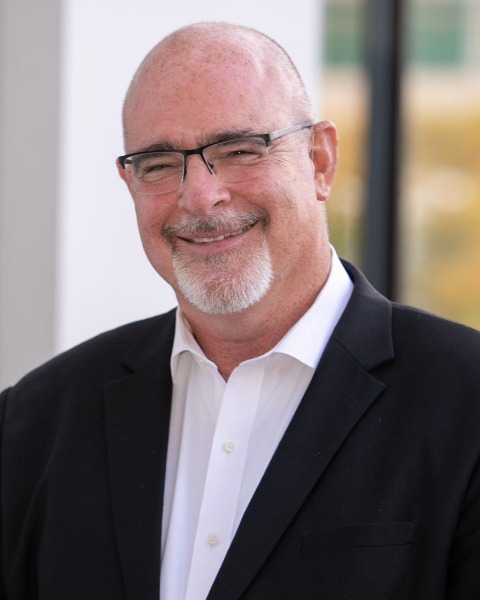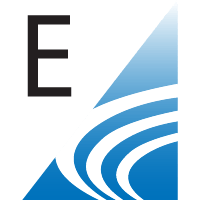Legal, Ethical, and Professional Issues (LEPI)
Practice Management (PM)
Career/Personal Development (CPD)
MM104 - Words Matter: Refining Our Clinical Presence
.jpg)
Brad Stewart, AuD
AudCoach Practice Consulting
University of North Texas
Plano, TexasDisclosure(s): AudCoach: Consultant (Ongoing), Employment (Ongoing); Audflow: Consultant/Advisory Board (Terminated, January 1, 2023); HearingUp: Consultant (Ongoing)

Michael Page, AuD
Owner
Michael D. Page, AuD LLC
Kaysville, UtahDisclosure(s): No financial or nonfinancial relationships to disclose.
Lead Presenter(s)
Presenter(s)
This presentation explores common business terminology within audiology, assessing its impact on professional credibility and patient trust. Some words and phrases have invaded the audiology business lexicon. Business language should be commensurate with our level of education, the targeted patient trust, and desired outcomes. The authors will also discuss the use of clear, plain language in lieu of medical and common business and retail jargon. Clear patient-oriented communication has the power to increase the patient’s ownership of and motivation to address their condition. This discussion explores the words and phrases we use, and how they impact our practices, professional standing, public perception, and patient outcomes. In the field of audiology, our lexicon not only serves as a medium of communication but also as a representation of professional expertise and a foundation for cultivating trust with patients. A notable trend has been the infiltration of certain words and phrases into the audiology business lexicon, potentially leaning towards a more retail vernacular that may not always resonate with the professionalism we seek. This linguistic shift holds the potential to negatively impact the perceived professionalism of audiologists and to reduce trust from both patients, colleagues, and practice employees. Clear and patient-centered language (as opposed to medical, business, and retail jargon) can eliminate a barrier and bridge communications between audiologists and patients. We will also describe the differences between jargon and patient-centered language. Our discussion will reveal how effective communication leads to deeper understanding and trust, empowering patients to take ownership of and exhibit a heightened motivation to address their conditions. This linguistic alignment not only facilitates a more effective patient-practitioner dialogue but also elevates the patient's experience and satisfaction, which in turn reflects positively on the professional standing and public perception of the practice. This presentation highlights an insightful exploration of common terminology within the audiology sphere, exploring its implications on professional credibility and patient trust. This presentation emphasizes the alignment of our vocabulary with our educational level, targeted patient trust, and the desired clinical outcomes.
Summary: Learning Objectives:

